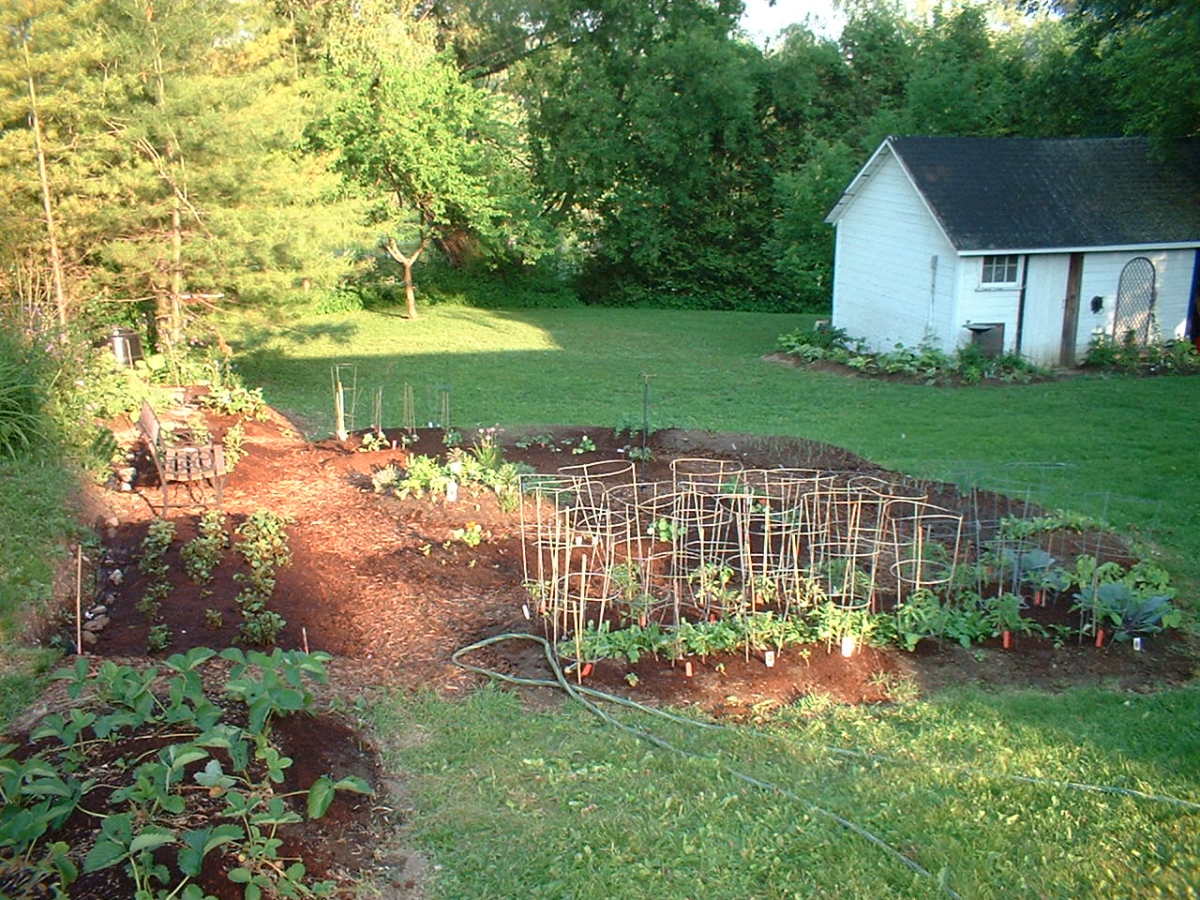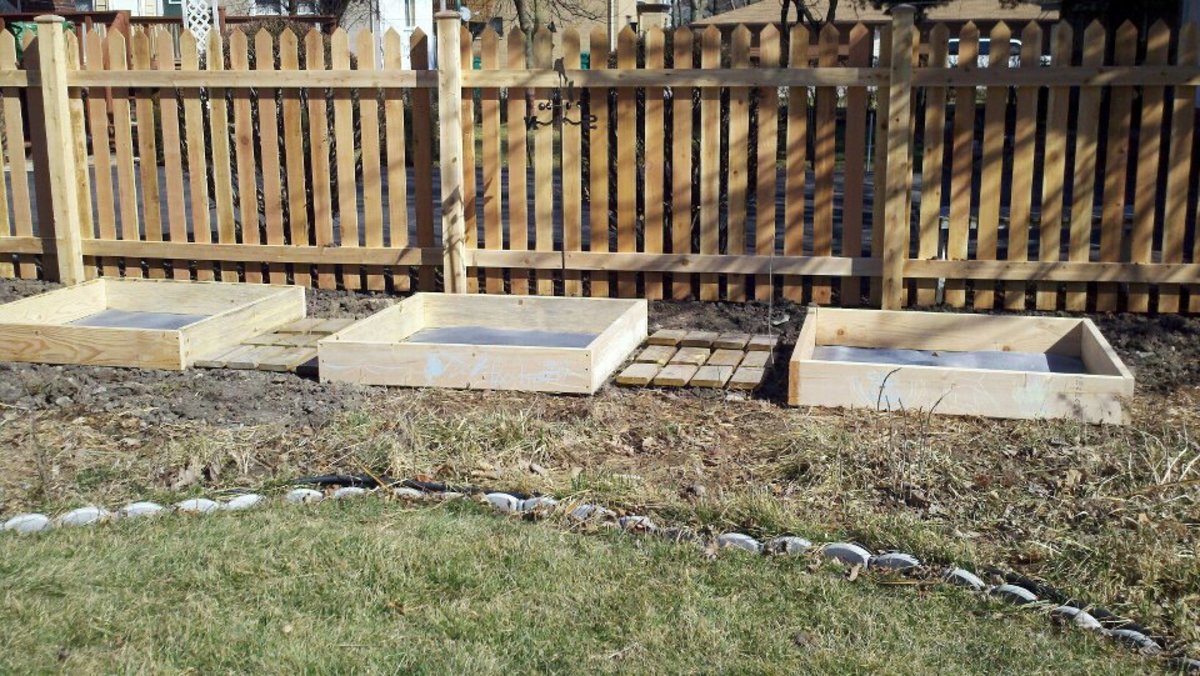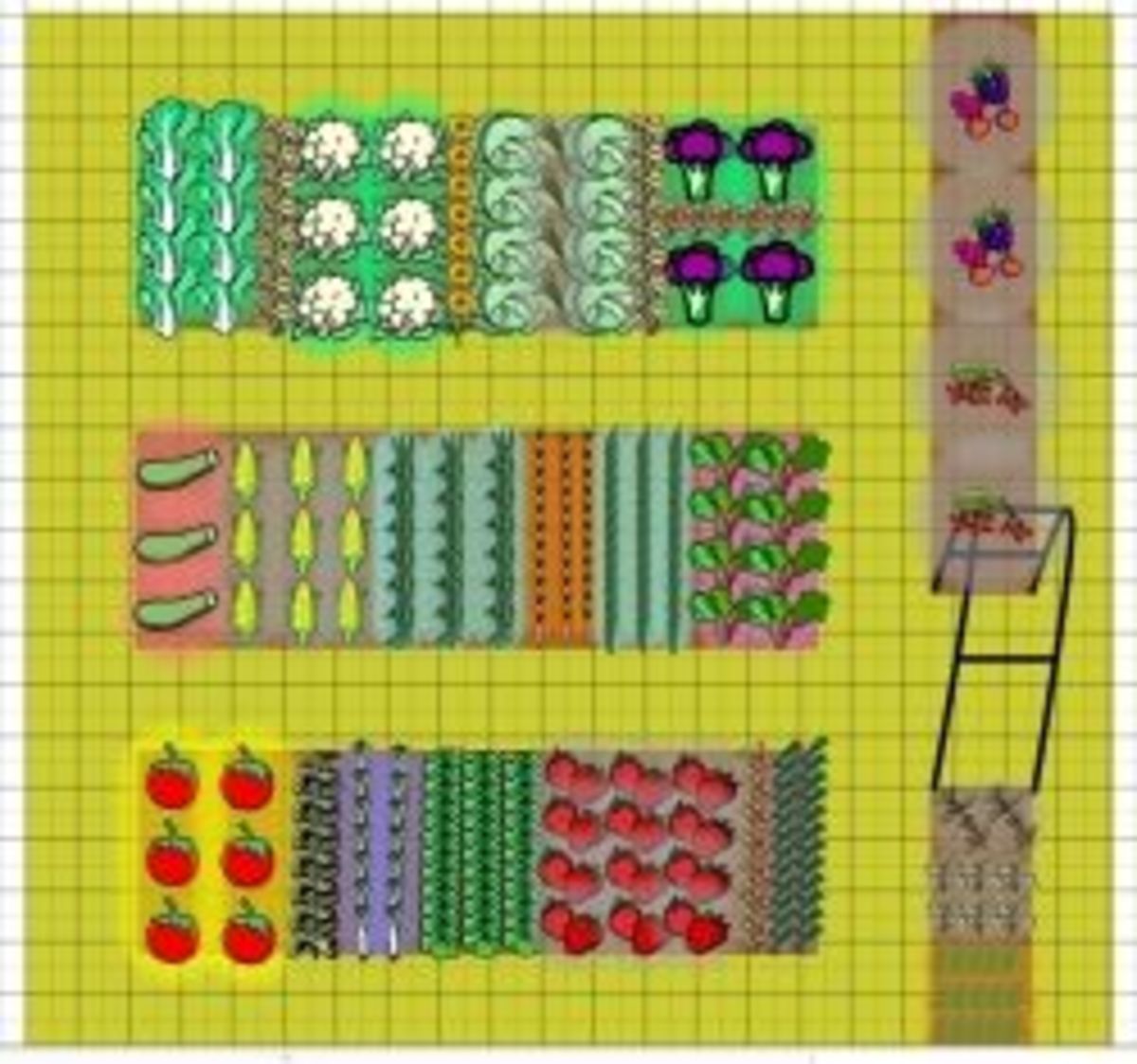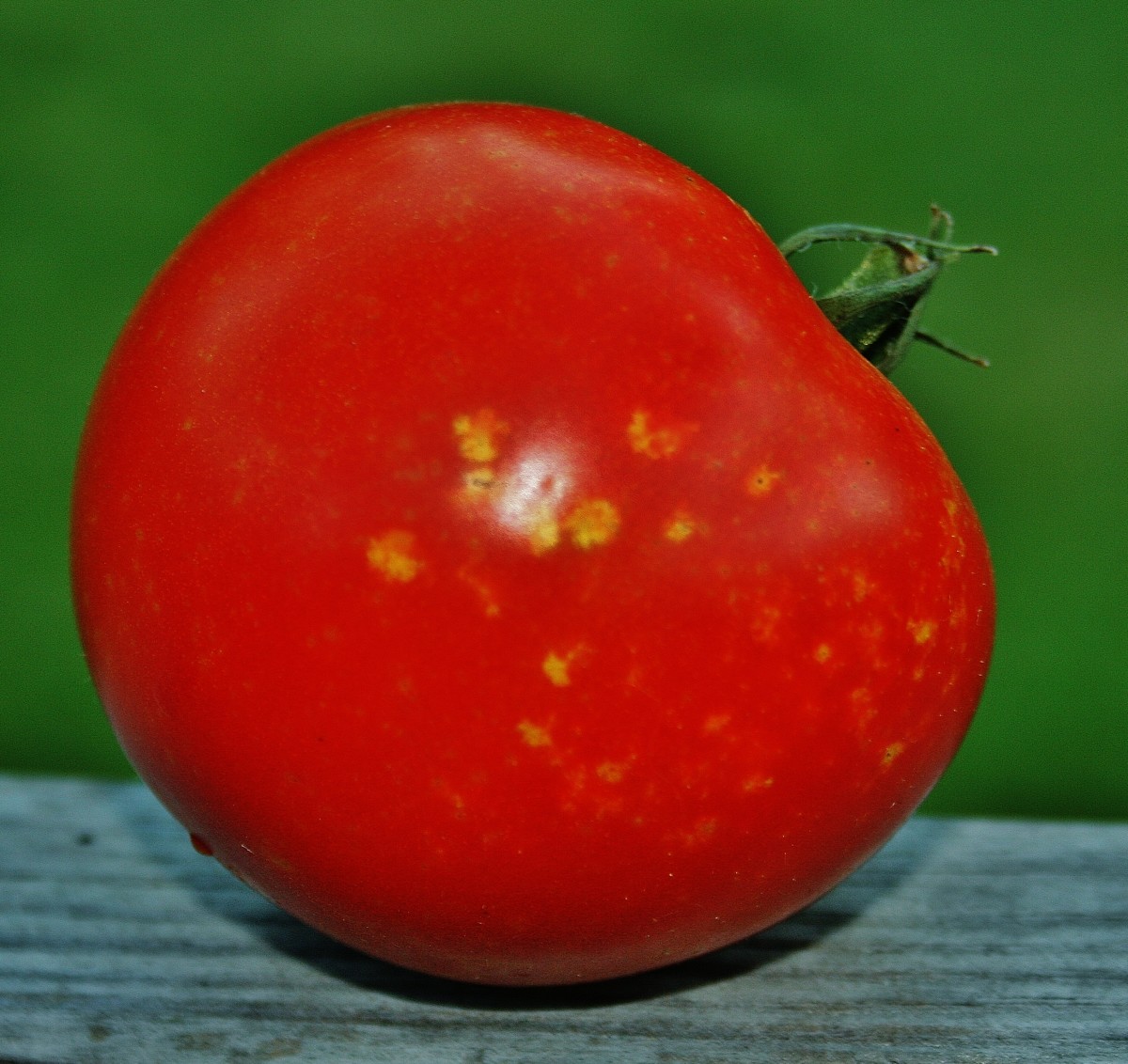Seven Benefits of Raised Bed Vegetable Gardening

Why Raised Beds?
I am a raised bed gardener out of necessity, not choice. My site has so many deficiencies that any any effort to grow abundant, healthy vegetables requires perfect soil conditions and whatever tricks a savvy gardener can pull from the seed bag of his or her brain. Hence the raised beds. But after many seasons of growing food and assisting others in their attempts I have come to appreciate the many virtues of raised beds and, if given the opportunity to start over, would include them in any gardening endeavor. These are some of the reasons I recommend raised beds for every backyard vegetable gardener.
Resources
- Improving Your Garden Soil
Perhaps the most important factor of a successful vegetable garden is having well prepared soil. That's why the mantra of the organic gardener is feed the soil, not the plant.
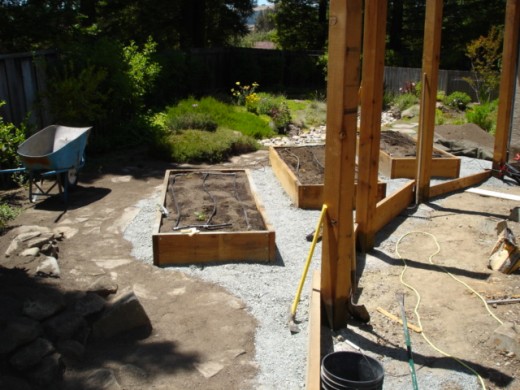

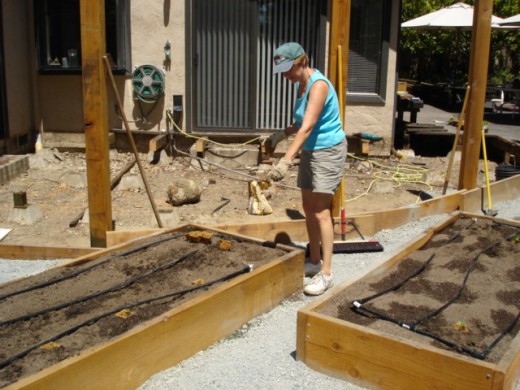
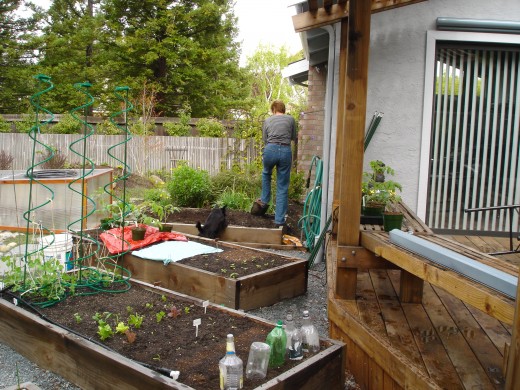
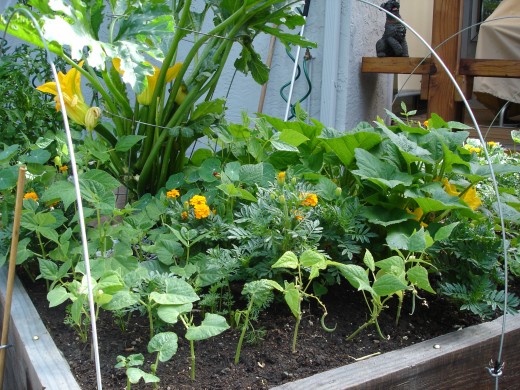
- Raised Bed Gardening Tips
Raised beds can add a whole new exciting dimension to your gardening experience. Raised beds are especially useful for gardeners with limited space in their yards. - Raised Garden Beds
How to build and install your own raised garden beds and garden planters, buy ready-made raised beds, or buy click-together raised bed components. - Rasied Garden Beds
Raised bed gardening offers many benefits such as improved soil conditions, higher yields, ease of access, extended growing season, and better pest control. - Raised Garden Bed Kits
DURABLE AND ATTRACTIVE RAISED GARDEN BED KITS
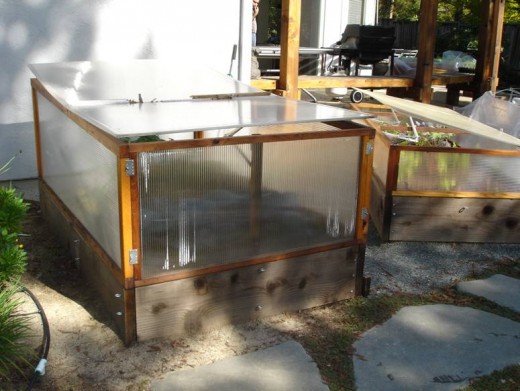
Soil Management
Unless you live in garden paradise your soil likely needs improvement before it will start to yield crops. You can improve your native soil (see my Hub in the Resources box on the right), but it will take time, effort, and a boundless source of composting materials. If you want to start harvesting food your first growing season you will probably have to import a good "growing media", and it makes sense to import it directly into a raised bed. My "soil", essentially one foot of adobe clay over hard pan, was so hopeless there was no question we would import soil, compost, and amendments to start the growing beds.
Poor Drainage
If your garden site does not drain well, or is susceptible to flooding or flash run-off after heavy rain then you have a drainage problem. You can install a French drain, drain tile, or similar drainage system, but this will take money, hard labor, or both. A faster, cheaper solution is to install raised beds at the site. Your plants grow snug and dry above the waters and your soil is not washed away.
Deep Beds
Plants want lots of vertical depth to set down roots. Eighteen inches of prepared soil is acceptable, but 24" is better. Double digging is the classic method for preparing your soil to meet this requirement, but how many of us have the muscle power, energy, and patience to double dig a large garden plot? Unless you have a supply of energetic and willing young people to do the digging, the back-saving method is to install raised beds. There was a time I did all my double digging and considered it fine exercise and a Zen experience. If you have the stamina and want a super garden, double dig your site then install raised beds over that! Imagine what you could grow over four feet of prepared soil!
End Compaction
The first law of double digging states that once you dig you never walk on the soil again to avoid compaction, which destroys all your hard work. If you design your in-ground beds properly, there should be no reason to walk on them - but tell that to your kids, dog, spouse, and well-meaning gardening partners. Non-gardeners can't seem to resist the temptation of walking on meticulously prepared planting beds. End the frustration by installing raised beds, which clearly define boundaries that say "OFF LIMITS". Plus, you may have to feed and amend your soil, but you will never have to double dig it again.
Pest Management
The critters who share the vegetable garden with you are resourceful and just as eager to sample the bounty as you are. They will find their way into your raised beds, but in far fewer numbers then the hordes that can march straight into the in-ground planting fields. The walls of the raised beds form an impediment that the weak and lazy avoid or go around. Of course, that means the ones that make it in are among the strong and determined, but it is also easier to build defenses around or on raised beds than around flat ground. You will also learn that the only way to keep gophers out a garden (short of extermination) is to staple heavy-duty, wire to the underside of the raised bed frames. Gnaw your way through that brother!
Invasive Roots
My vegetable patch is surrounded by Coast Redwoods, fairly common here in the San Francisco Bay Area. The shallow roots of the redwoods are fast-growing, powerful, and astoundingly hungry. Within one year after we installed our raised beds I found that the tree's roots had traveled up to 30 feet to invade, choke, and compact the soil in every bed, winding around and around the interior edge like the world's biggest pot-bound plant. I had to dig out the roots and remove the soil. My husband then build a frame that raised the raised beds, leaving three inches of air space between the ground and the bottom of my boxes. Not ideal, since my plants are now strictly limited to 24" inches of vertical growing. But the ever searching, hungry redwood roots are air-pruned when they reach the soil surface and have not since penetrated my beds.
Adapts as a Cold Frame
One attribute I discovered after we installed the raised beds was how easily a bed converts to a cold frame. It can spend the winter as a min-greenhouse, the spring as a cold frame, and the summer and early fall as an open growing bed. Versatility is a plus when it comes to growing vegetables!
What's Not to Love?
Explore the other links I have provided with this Hub to learn about other advanatges of raised bed gardening. They may change your mind and convert you from a flat-lander!
See you in the garden!

